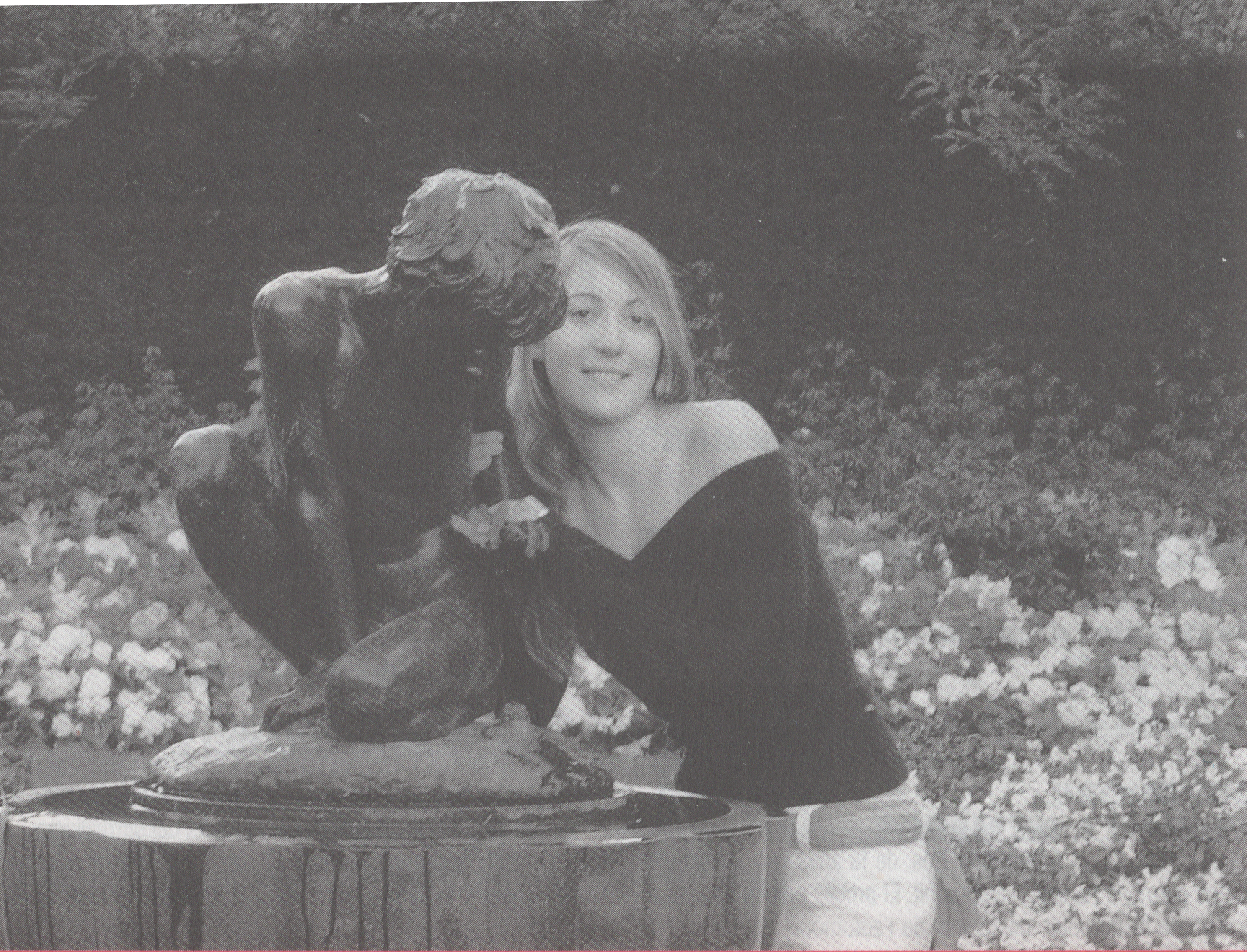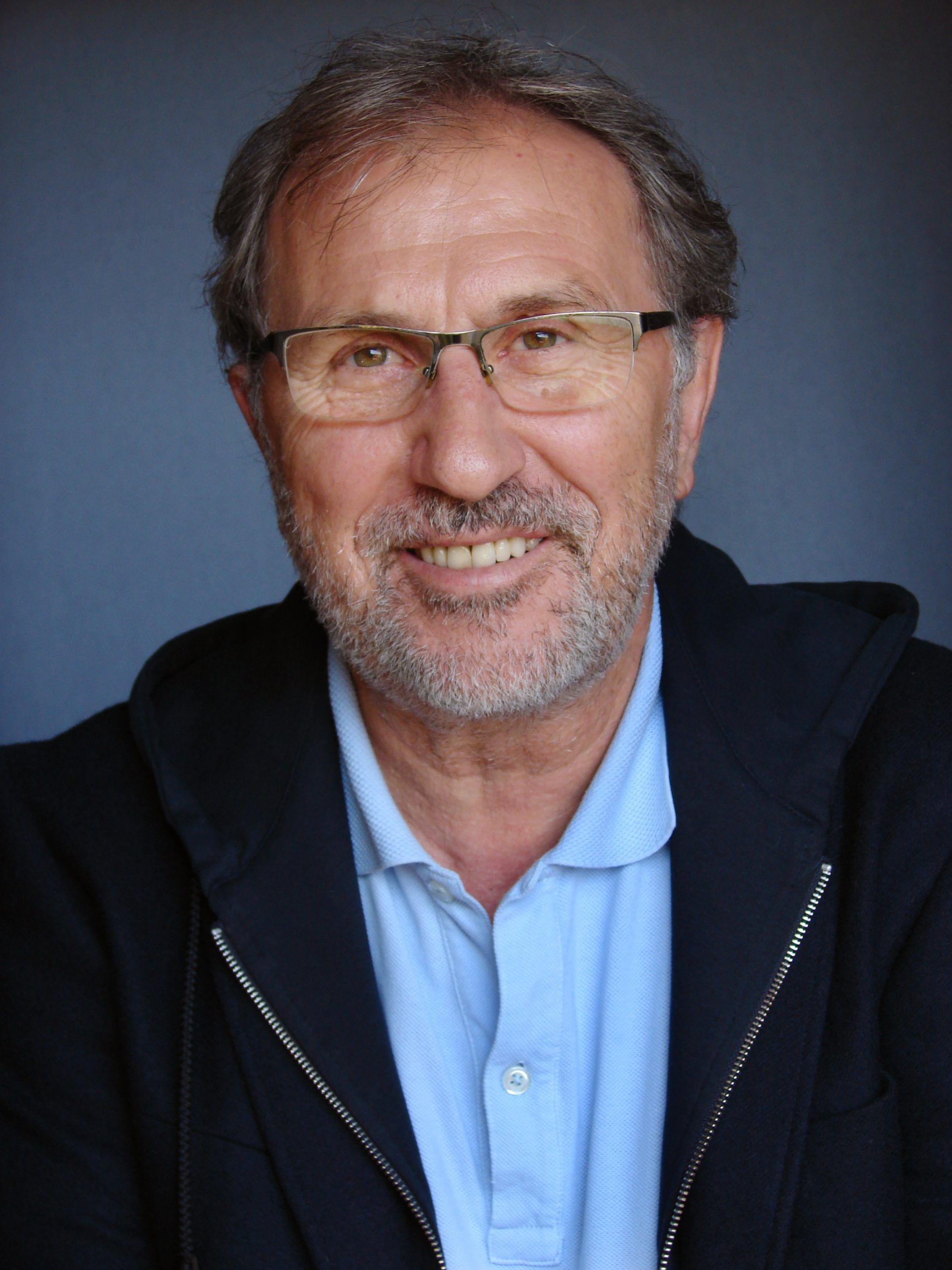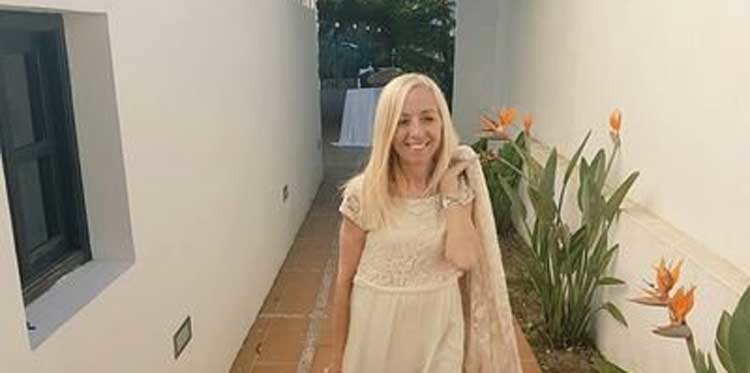Gestalt Therapy: the art of closing cycles.

Model: Carlota Wetzel. Photo: Marc Wetzel.
Guía & Ocio Lleida, April 2005.
Healing.
Gestalt Therapy: the art of closing cycles.
Many of us have cycles in our lives that we don’t know how to put an end to. Traumatic events of childhood, some family trends, inadequacies or excesses in our upbringing, injustices, losses, and so on, which may cause future constraints, dependence and depression. Gestalt coaxes us to become conscious of our patterns, of the character we have created for ourselves, and helps us to close cycles properly. We are in front of a shop window and we see something we like. What happens when we focus our attention on that object? We see it, we appreciate it in the foreground, but behind it there is a background, a framework of thousands of things which may be there, or may be happening: there are many other things in the window, people inside the shop, people going by, a bus at the bus stop, two men talking at the corner… From the background, or from the structure, a shape has come forward which commands our attention and which stands in the foreground.
Gestalt therapy is based on this notion of background and shape to explain how we fulfil our needs. For example, somebody is thirsty. That is the shape: a need which has come to the forefront from the background. It is urgent to quench the thirst, which has appeared as a physical manifestation. Immediately the person becomes aware: “I am thirsty”. He hurries up and looks for water. Finally he finds it, drinks and quenches his thirst. The cycle, or “shape” of thirst has been closed. This explains very well this therapy. Gestalt means “shape or set-up”, and its aim is to help people to close cycles. But sometime the unfinished cycles are not that easy to close as for example quenching our thirst: some life cycles have not been closed, perhaps because we were children and we didn’t know how to do it. The difficulties found in childhood and the way they were confronted may cause the person to feel an inner emptiness which one does not know how to fill. Then constraints start, addictions, or a depression… there may be many symptoms. How do we close this cycle?
An experiential therapy.
In the Gestalt Therapy the patient does not simply talk about what is going on. The therapist asks the patient in the first place to bring his attention to the here and now, to his sensations, his body, his gestures. After that he may suggest a number of resources to name a feeling: “I feel a tightness in my chest”, says the patient. The therapist suggests to visualize that which is weighing him down. For example, it may be an enormous rock. The patient may give a voice to that rock. If it had a voice, what would it say? So, in the course of a Gestalt session, which is an experiential therapy, the patient is led to live such an experience, not just to talk about it. Because, when we talk we make speeches, ideology, on what is going on, and even if words are essential to integrate that which we are going through, we must be careful so that they don’t deviate us from that which is essential. Therefore, the therapist is also mindful of the way the patient if going through the experience. In Gestalt it is said that people take different positions to face life situations, but many times these positions are “forgeries” of what we really are. We have made up a character for ourselves which faces situations from a sense of justice, dictator like, complaining, aggressive, invading, victim… But are we really that way, or is it “convenient” for us to be that way? In this sense Gestalt suggests to the patient to become conscious of such patterns and to discover all the rolls, because once they are acknowledged, all the rolls become resources.
Therapy resources.
Let us imagine the case of a patient who still has strong feelings with respect to old childhood scenes in which his parents are implied. The “problem” is his parents are dead… How do you close this cycle? Some times it is a simple as to ask the patient to speak up all that he has bottled up for so many years (that is why he feels a tightness in his chest).
To this end, Gestalt uses several resources, all of them extremely inventive: psychodrama or expressive techniques, visualizations, guided imagination, or the technique of the hot chair and the empty chair, among many others.
In this way the patient may sit on the hot chair and put his father on the empty chair. It is time to tell him what he has not been able to say before. The patient pours out his heart… and then sits on the empty chair, taking his father’s place.
What would his father say? What was actually wrong? Perhaps things cannot be solved in one session, but the patient will have been able to see new angles and to lessen the weight. At this moment the shape looses energy and little by little goes to the background. Then the cycle is closed.
Text: Joan Garriga (director of Institut Gestalt Barcelona).

Therapies, workshops and training in Lleida: Isuri Gestalt Lleida.
 In memoriam Chus Borrell Feliu (1953-2025).
In memoriam Chus Borrell Feliu (1953-2025).
Translation: Loto Perrella.
Published on magazine Guía & Ocio Lleida. April 2005. No. 39. Pages 128-129.
